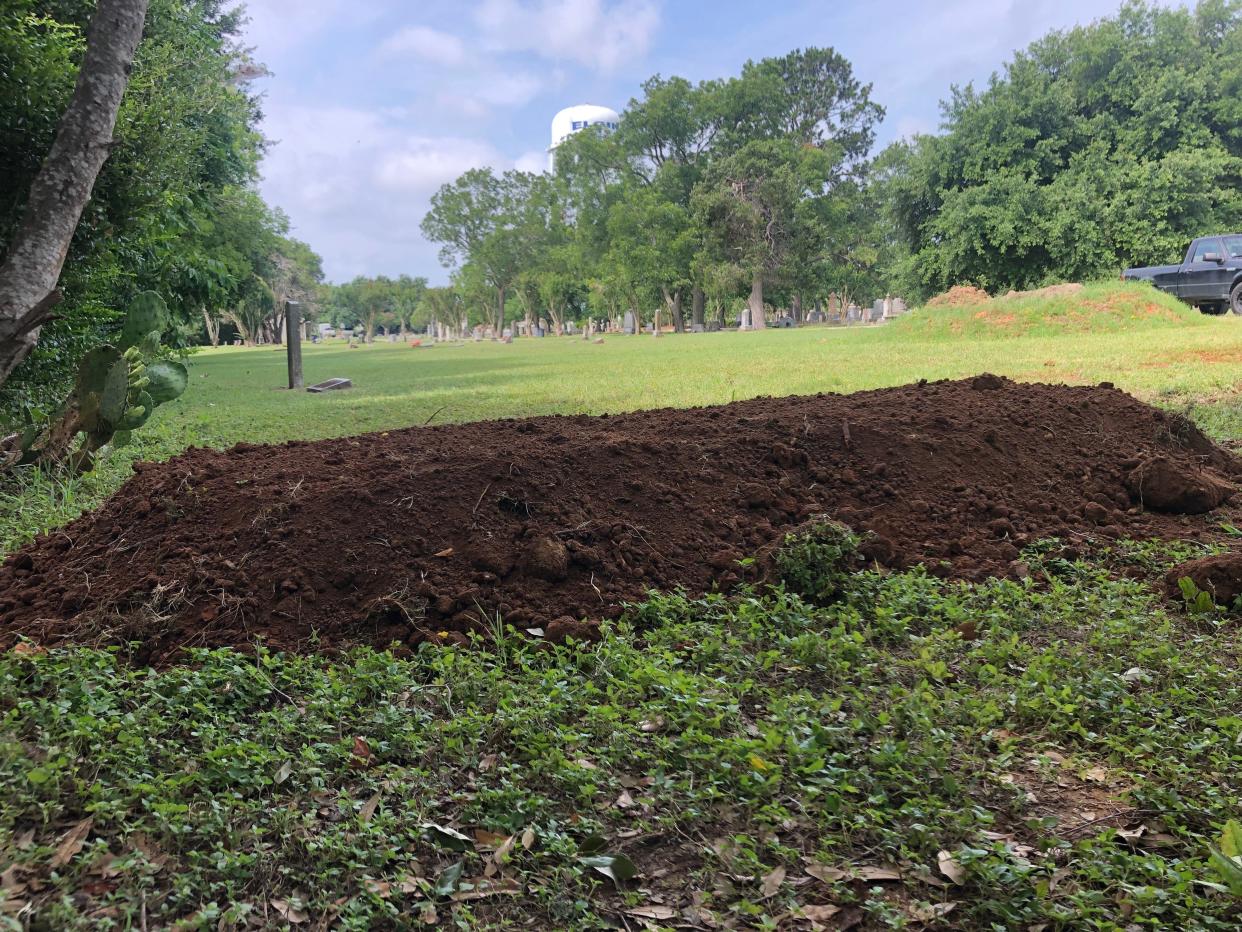1979 homicide victim in Bastrop County identified; serial killer named ‘primary’ suspect

The Bastrop County sheriff’s office on Thursday identified the woman whose remains were found at an unmarked grave near Elgin 44 years ago.
Sheriff’s deputies found the decomposed body of a woman along U.S. 290 near FM 696 on June 21, 1979. The woman could not be identified at the time, but she was later estimated to have been between 16 and 40 years old. During the initial investigation, no leads were uncovered that would help to identify the Jane Doe.
Officials said Thursday that the woman was Kathy Ann Smith, born July 19, 1956. Members of her family, including Smith’s daughter, were notified of the location of her remains, but they requested anonymity, Bastrop County Sheriff Maurice Cook said at a news conference.

Smith was close to her 23rd birthday when she died and would have turned 67 last week.
Henry Lee Lucas, confessed serial killer, primary suspect in Kathy Ann Smith homicide
In 1984, Henry Lee Lucas confessed to killing the unidentified woman, prompting Texas Rangers and Bastrop County sheriff investigators to reopen the case. Lucas was a self-proclaimed serial killer who confessed to hundreds of murders in the 1980s, though he later recanted most of the confessions.
He was convicted of 11 murders and sentenced to death for one of them, though his sentence was commuted to life in prison in 1998. He also was serving life sentences for the other murders.
Lucas died in 2001 of congestive heart failure while in prison in Huntsville. He remains the primary suspect in Smith’s death, officials said.
Smith’s autopsy report showed trauma on the body consistent with being hit by a car, Cook said, and Lucas was known to run his car into victims to disable them before sexually assaulting them.
Officials relaunched an investigation into Smith’s identity in 2019 that involved exhuming her body so staff at the University of North Texas could extract bone samples and search for a DNA match. Bastrop County District Attorney Bryan Goertz said at the time that the intent of the investigation was only to identify the woman, not to “solve a crime.”
“By the time she was discovered, there was not enough soft tissue to where you could tell whether she’d been stabbed or raped or anything,” Goertz said in 2019.
But Bastrop County officials learned that the DNA collected was not enough to identify the remains. The sheriff’s office contacted Othram Inc., a Houston-area private lab, for assistance.
Samples were sent to Othram for testing, but the company was unable to produce a full DNA profile from the samples.
In September 2022, a second exhumation of Smith’s body was performed, with assistance from Texas State University. More samples were collected and sent to Othram.
The sheriff’s office learned on Jan. 12 that Othram had obtained a full DNA profile for the woman. The process of forensic genealogy was then funded using DNASolves.com, a crowdfunding platform.
On April 3, Othram provided a report with the forensic genealogy information, which the sheriff’s office used to complete a family tree and find Smith’s identity.
Smith was born with a different name and was adopted at an early age, which presented a challenge to authorities, Cook said. The identification process was slowed because the office needed court permission to access protected adoption information.
“This is a fascinating case study,” Goertz said Thursday. “You’re talking about a victim that was unidentified for all these many years, and through the joint efforts of law enforcement and the civilian population and private and nonprofit agencies … there’s a family that can rest in peace, and there’s an individual who’s not an indigent person in a grave. And that’s a beautiful thing.”
Smith’s case remains open, Cook said. His office will continue investigating if new information is revealed.
This article originally appeared on Austin American-Statesman: Serial killer primary suspect after 1979 Texas homicide victim named

